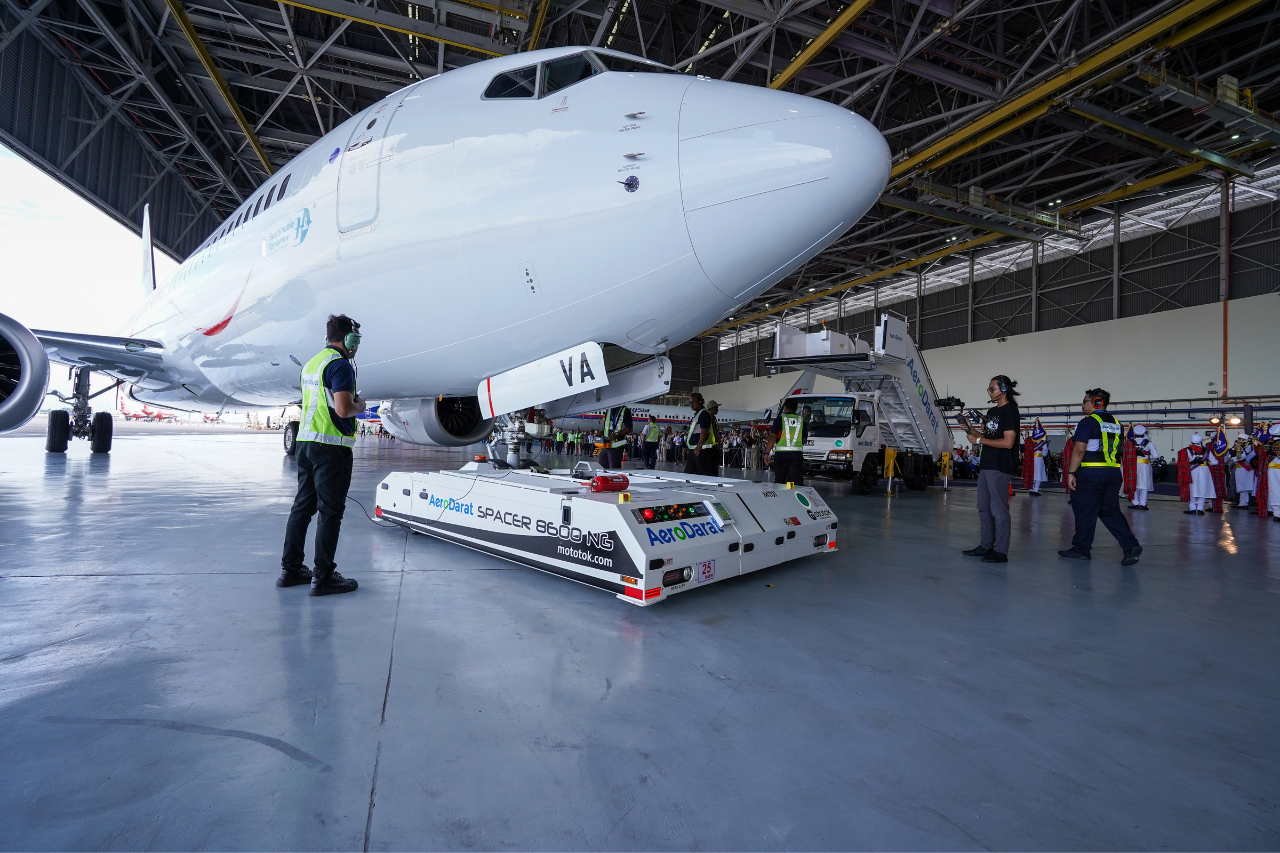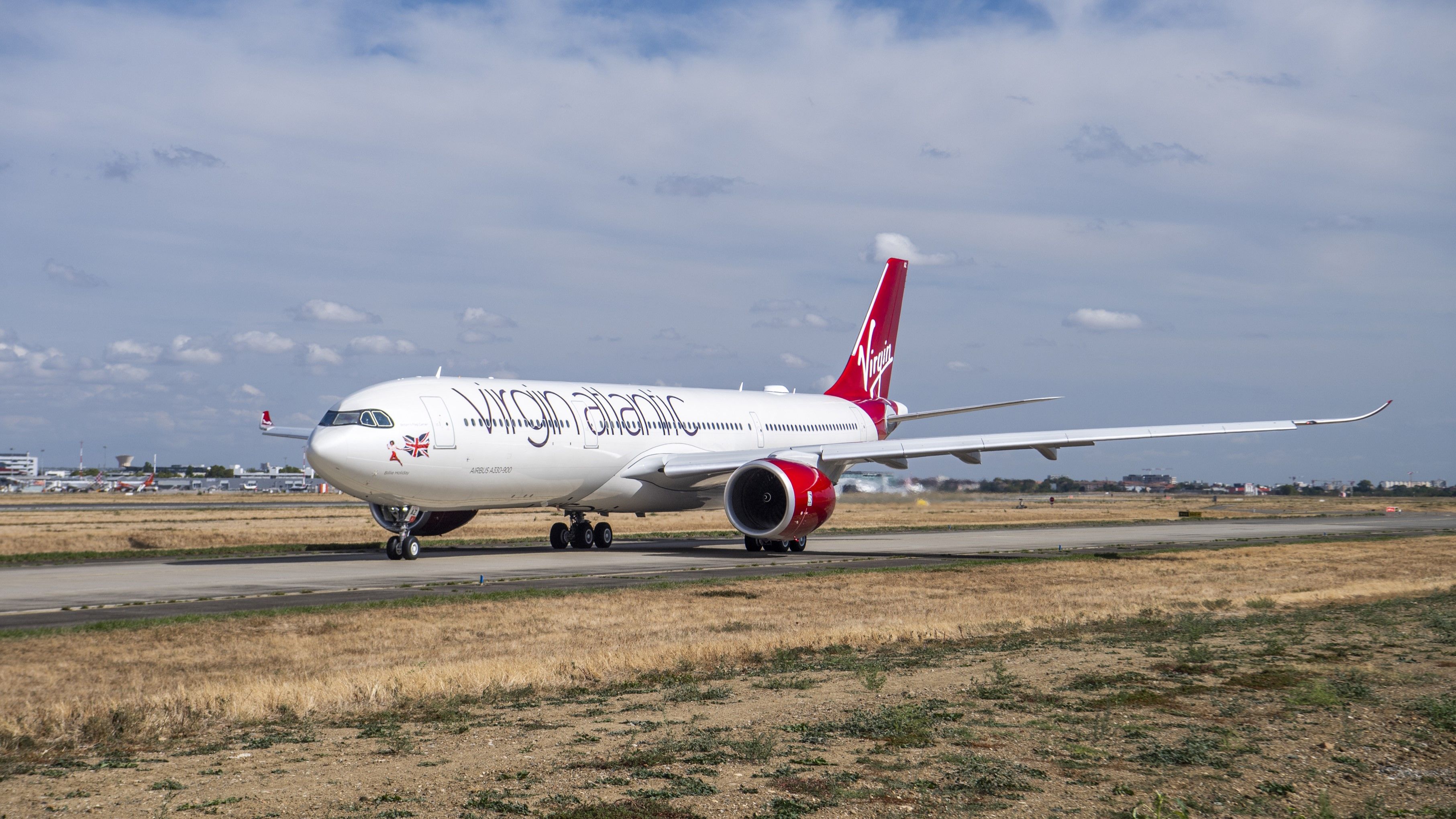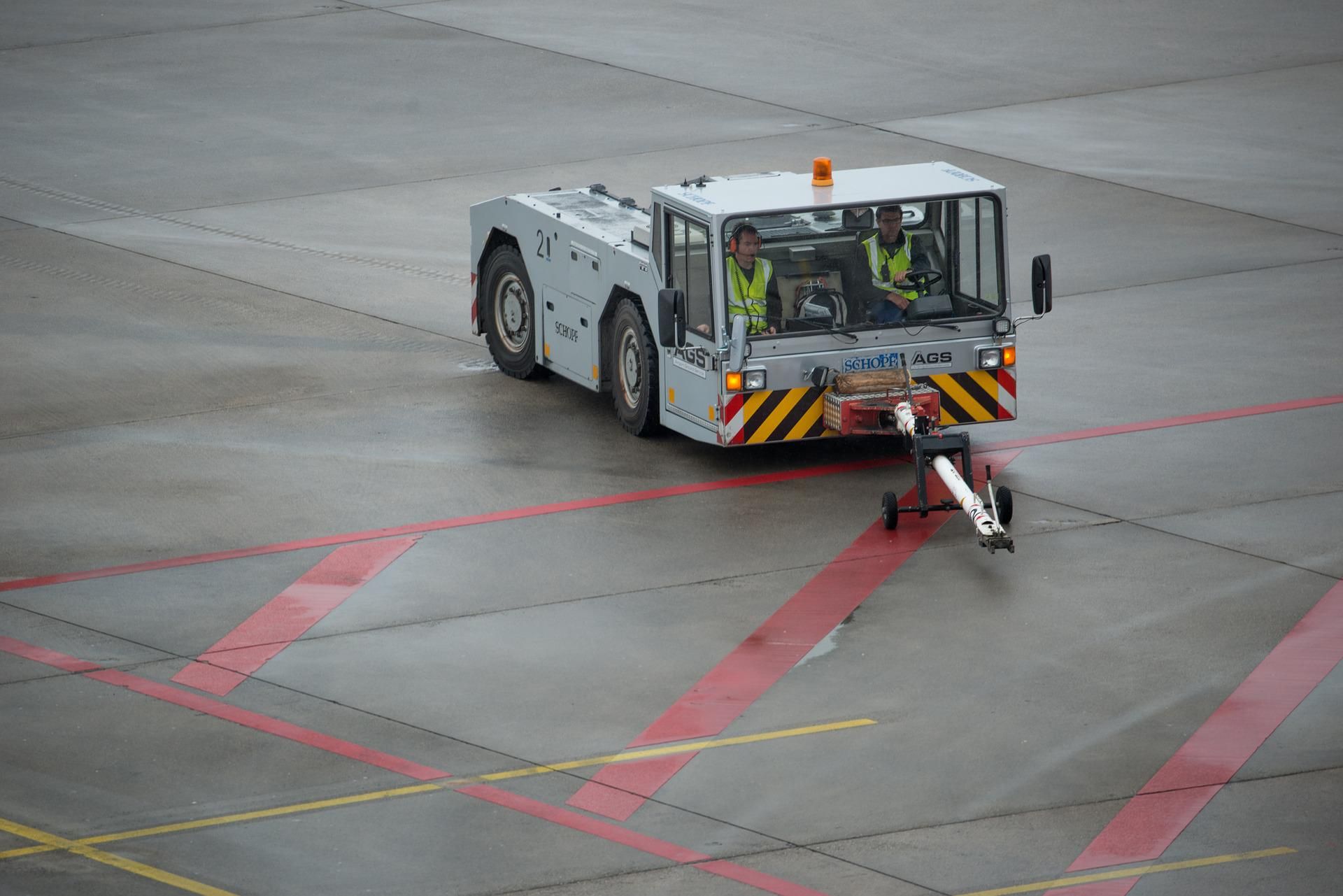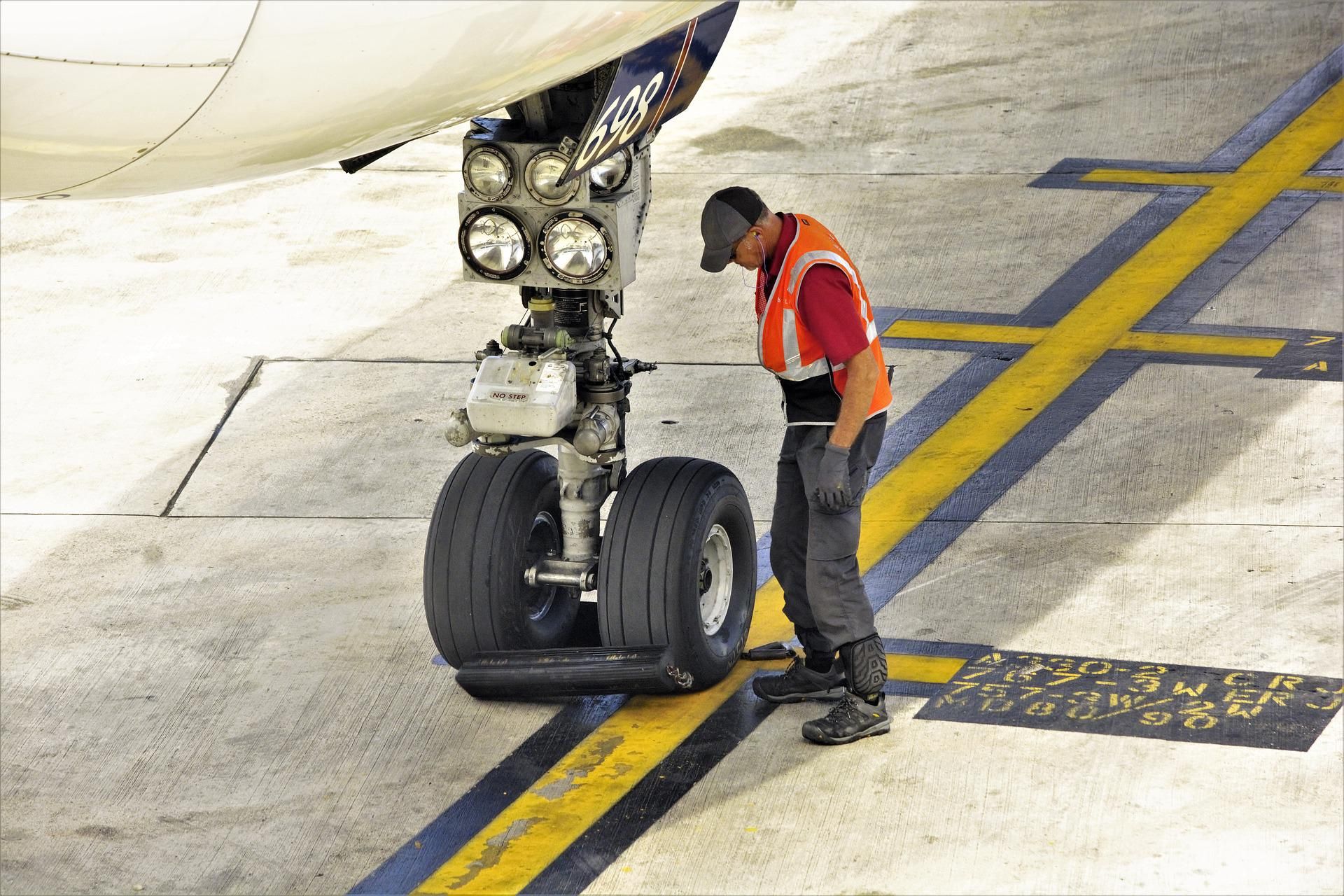Summary
- Virgin Atlantic used pushback tugs to tow aircraft to reduce fuel consumption and carbon emissions.
- The trial program aimed to reduce engine running time before takeoff and decrease congestion at parking bays.
- The program was discontinued due to the need for costly infrastructure and concerns about aircraft wear and tear.
Airlines implement various strategies on the ground and in the air to minimize the fuel consumed during flight. Whether it is a mere cost-saving technique or a larger goal of minimizing environmental impact, innovative research-based techniques are always welcomed in aviation.
In 2006, Virgin Atlantic undertook a novel approach to minimize fuel consumption by the engines on the ground. The airline used pushback tugs to tow the aircraft all the way to the start of the runway. Rather than starting the engines for taxi, pilots turn on the engines just before the takeoff roll, reducing the time the aircraft engines ran and consumed fuel.
This article delves deeper into the experimental event from 2006 and the outcomes of the project.
How does aircraft towing work?
A pushback tractor, or “tug,” is a vehicle used to tow an aircraft, typically from the terminal gates to maintenance hangars. The tractor’s towbar attaches to the nose landing gear in order to pull the aircraft. Employing the proper tug and towbar suitable for the plane’s load is critical, and there are specific procedures that safeguard against damage to both the tug and the aircraft.
Virgin Atlantic’s tug trial
In September 2006, Sir Richard Branson announced that Virgin Atlantic would launch a new plan to use tugs to tow aircraft to “starting grids” near the runways at Heathrow and Gatwick airports. The initial plan called for towing of 13 of the airline’s Boeing 747-400 planes, with the potential to expand the trial to include the Airbus planes in its fleet. If successful, it would also branch out to select high-volume airports in the United States.
The "starting grids” would function as designated holding areas near runways with several parking bays for aircraft. The airline envisioned accomplishing two primary objectives through the trial program. The first would be a reduction in carbon emissions. Under the trial program, it was estimated that the engine running time before take-off could be only about 10 minutes for warm-up.

How Is The Mototok Electric Tug Changing Sustainability Practices At Airports?
This fully-electric, remote-controlled ground handling device can help increase hangar space by up to 160%.Second, because the grids would reduce the wait time before take-off, there would be less congestion at the parking bays. Landed aircraft would not need to stand by with engines running to get onto the stand, increasing operational efficiency. Cutting the amount of engine run time prior to departure and after arrival was estimated to reduce carbon emissions by about 120,000 tonnes per year.
Discontinuation of the trial program
Despite this innovative plan to realize fuel savings, the tug trial did not unfold as the airline had hoped. The program was suspended indefinitely in 2007. To be implemented, airport facilities would had to invest in the “starting grid” stands that were integral to the program, and this was unlikely to occur.
Further, and most importantly, it was discovered that the tow-out process put too much wear and tear on the aircraft's landing gear. In their analysis of fuel burn and greenhouse gas emissions in airport surface operations, researchers at the American Institute of Aeronautics and Astronautics at the Massachusetts Institute of Technology noted that Boeing had raised a concern regarding the nose landing gear on its 747 aircraft not having been designed to accommodate the towing that Virgin Atlantic had in mind.
Of course, Virgin Atlantic no longer flies the Boeing 747, with scheduled service having ended in March 2020. However, the airline continues its efforts toward carbon reduction through the use of a continuous descent approach.
What are your thoughts on the Virgin Atlantic's tow tug experiment from 2006? Share your views in the comments section.
Source: American Institute of Aeronautics and Astronautics, MIT


.jpg)

